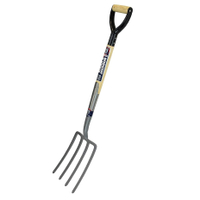What to do with daffodils after flowering — top tips from garden experts
Get the best out of your daffodils year after year
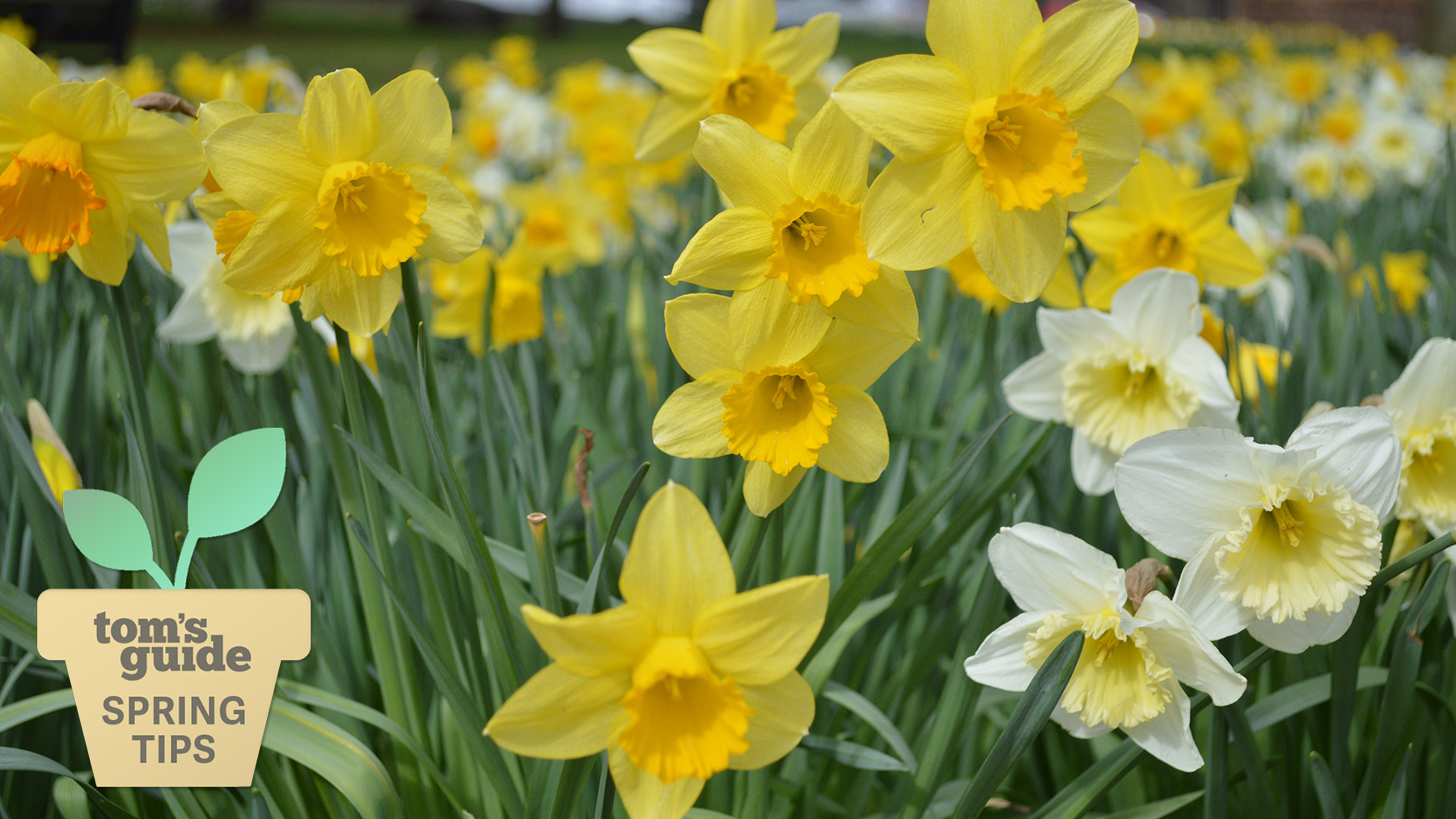
Daffodils are among the first flowers to bloom in the spring and are a joy to behold. Their yellow trumpet-like blooms signal warmer, sunnier days to come.
But once these sunny blooms finish flowering after about six weeks, it can be difficult to know whether to leave them be, cut them right back or dig up the bulbs. If you get it wrong, you could face daffodils that don’t flower next year.
Here, we share top tips from garden experts on how to care for your daffodils and what mistakes to avoid to guarantee their survival and resurgence.
Although, there's plenty of time to enjoy your daffodils before they finish. Here an expert florist share how to make your cut daffodils and other flowers last longer.
When to remove daffodils flowers
Once your daffodils have finished flowering you can remove the faded blooms with one of the best pruning shears. Deadheading your daffodils at this stage will help the bulb to conserve energy, as once the flowerhead is removed it won't produce seeds.
However, Peggy Anne Montgomery, horticulturist at Flowerbulb, advises, “Remove only the bloom, not the leaves.”
Despite how untidy the leaves may appear, it's important to keep them intact, as they have an important role to play in restoring energy back into the bulb that's been depleted during the growing season.
Sign up to get the BEST of Tom's Guide direct to your inbox.
Get instant access to breaking news, the hottest reviews, great deals and helpful tips.
Along with deadheading the spent blooms, if you’ve been watering your daffodils, there’s now no need to continue. It will also give the bulbs a hint that the flowering season is over.
How to take care of daffodil foliage
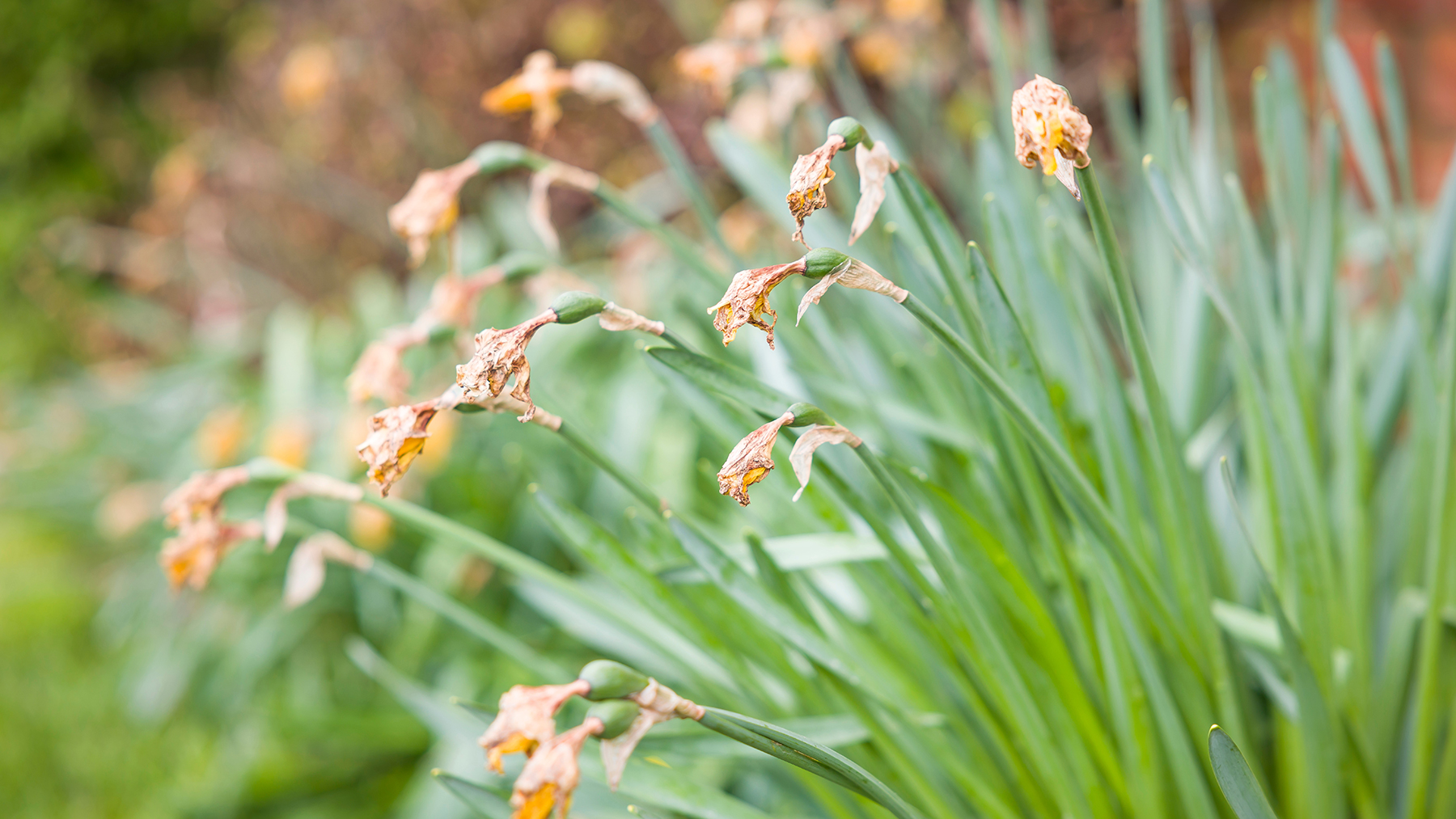
To guarantee successful flowers next year you'll need to take care of the daffodil's leaves by keeping them on the plant. “The foliage will absorb energy from the sun, converting it to food to enrich the bulb so it will bloom again the following year,” explains Montgomery.
You can leave the foliage until it dies down and turns yellow, which she says will take 4 to 6 weeks. However, she warns against braiding the foliage or bunching it up in a rubber band to keep it tidy, as this will inhibit the amount of sunlight the leaves can receive.
Although, if you want to keep your yard looking neat, Montgomery suggests, “Planting daffodils among perennials, like daylilies and hostas, is an excellent way to hide some of the dying foliage.”
So, when to do finally cut back the leaves? Diane Kuthy, founder of How to Grow Everything, says, “Only consider cutting them back once they've died back to a brown, crispy state.”
Should daffodil bulbs be lifted?
There are several circumstances when you might want to lift the bulbs. Perhaps you’ve planted them in a container and want to reuse the vessel, or you’re worried that you’ll forget where the bulbs are and dig them up or plant on top of them by mistake. You may even want to change your planting plan.
However, if you’re happy for the bulbs to stay put, then the bulbs don’t need uplifting. “Daffodils can be left in place for many years,” says Montgomery, “but if you want to start a new group or share some with friends, they can be lifted every 3-5 years. It’s best done when the foliage is dying but still visible, so you can see where they are.”
Although daffodils are very hardy, Montgomery says another reason for digging them up is if you live in Zones colder than 3 or warmer than Zone 7. If you’re unsure which gardening zone you live in, you can find out by adding your ZIP Code to the USDA’s Plant Hardiness Zone Map.
The best time to lift daffodil bulbs
Kuthy says that the best time to lift bulbs is usually mid-late summer for most climates, and she advises, “Once the foliage has died back, use a shovel or pitchfork and begin to lift and loosen the soil at least a few inches away from your daffodil bulb — this prevents your shovel from damaging the bulb!
“Once the soil is loose and lifted, you should be able to gently pull up on the dried stalk of foliage and pull the bulb out of the ground. If there is too much resistance when you pull on the stalks, try loosening the soil and try again.”
Spear & Jackson Neverbend Professional Digging Fork: $43.62 @ Amazon
This professional digging fork is constructed with a forged carbon steel head and a long-lipped socket, riveted for added strength. It features an epoxy coated head for improved resistance to rust, scratches, humidity and alkali attack and has a weatherproof hardwood shaft for greater durability.
How to store daffodil bulbs
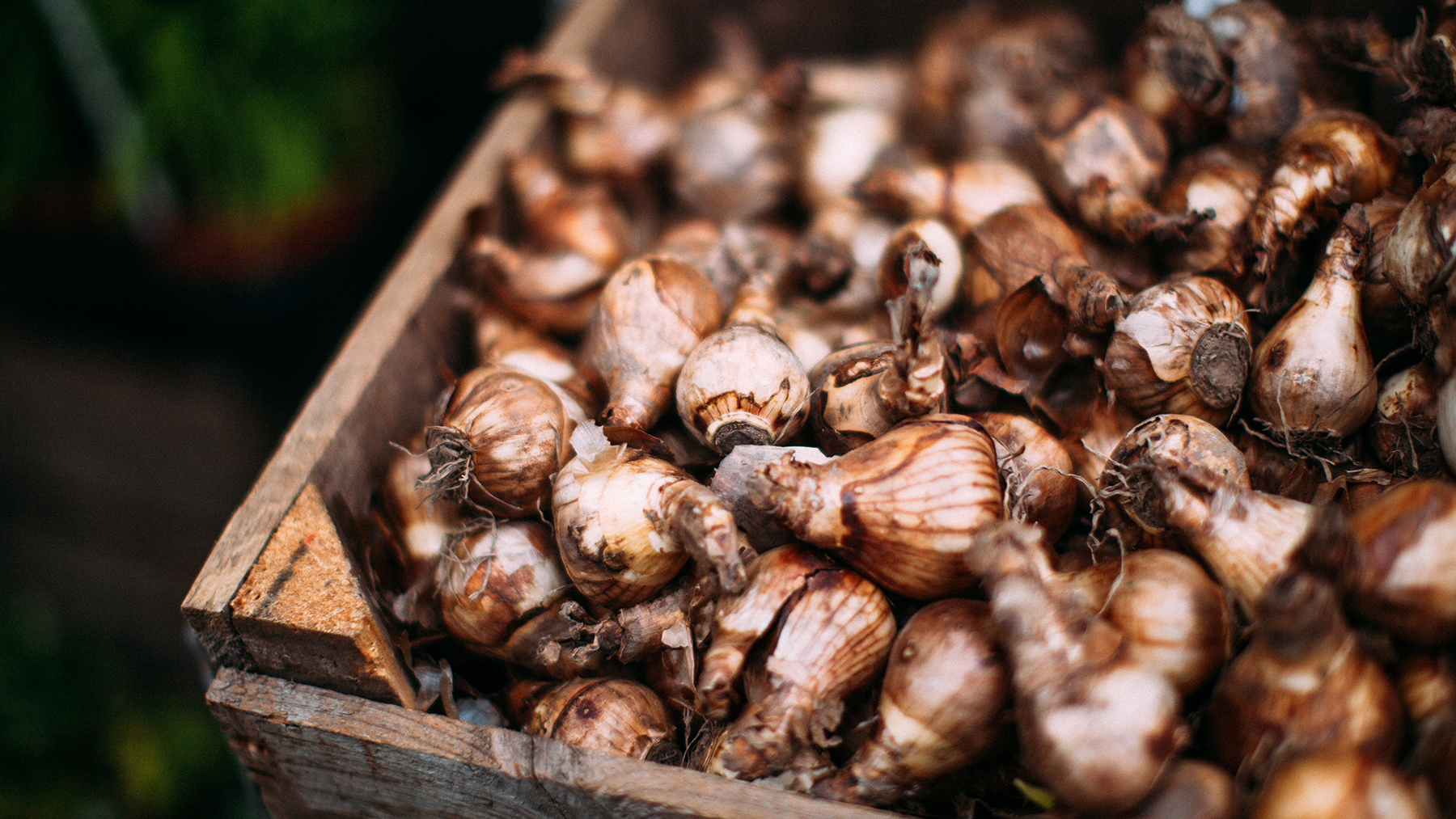
Once you’ve lifted your bulbs and they are all on the ground, Kuthy suggests brushing the soil off gently before placing them in a dry location, out of direct sunlight and leaving them overnight to air-dry. Then, the next day, she says, “Place your bulbs in a container which allows for airflow — I like to use nylon stockings — and place it in a cool, dark, dry location to cure until next season.”
If you don’t have nylon stockings to hand, a mesh bag or paper bag will work just as well.
However, before storing all the bulbs, check them over to see if any are moldy. Making sure they have properly dried out before storing will also prevent this problem. Remove any that show signs of mold, as they are unlikely to bloom again. It’s also worth checking on them from time to time, while they are being stored, to see if there are any signs of rot.
When can you replant daffodil bulbs?
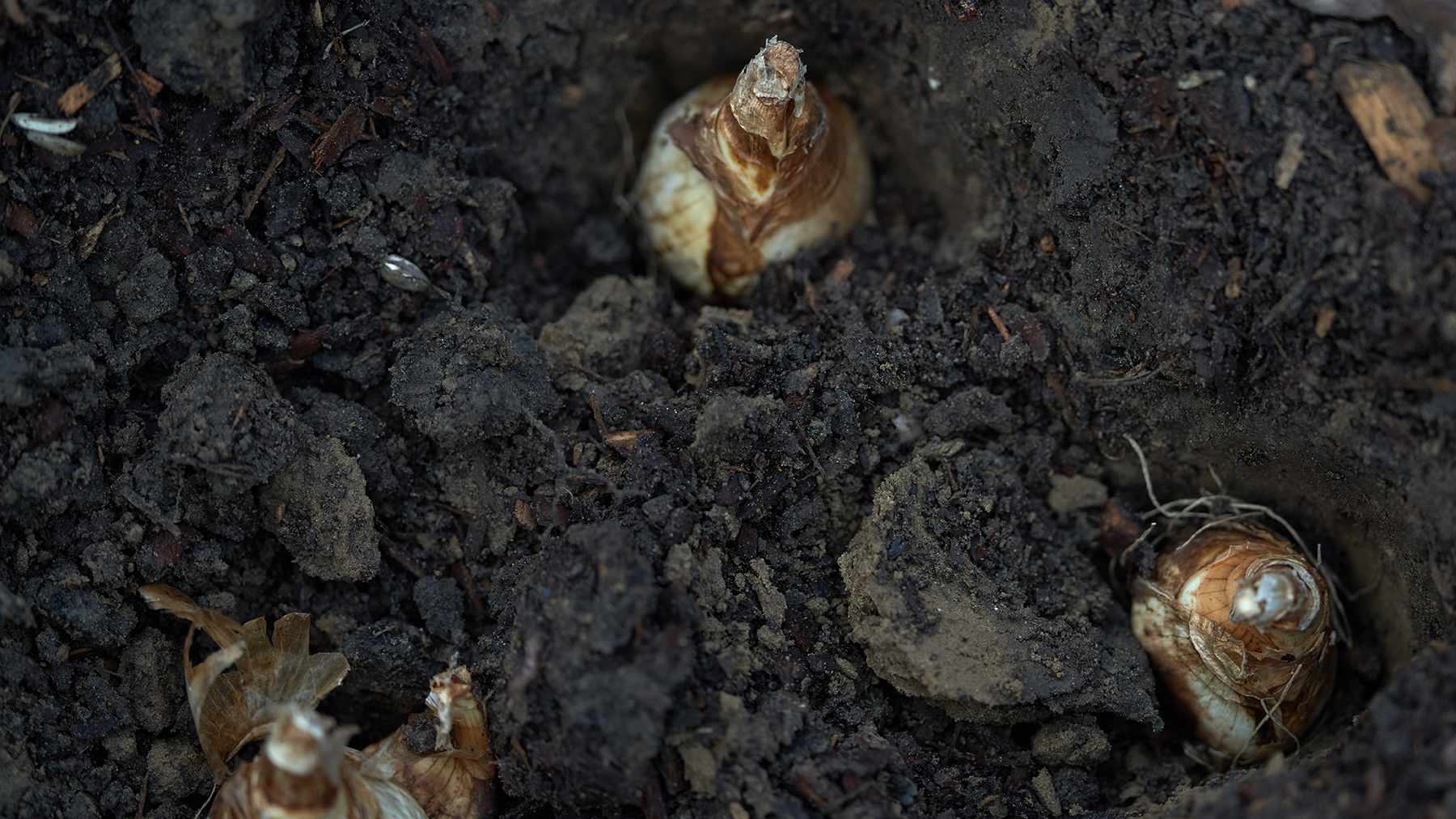
Daffodils are one of the bulbs you can plant at the end of the year to get your garden ready for spring. Montgomery suggests replanting your stored bulbs in the fall, “about a month before your first frost date.”
You can find the date of your first frost by entering your ZIP Code within the search box on the Almanac’s website.
Why daffodils are good to grow
Daffodils are smiley flowers that are easy to grow and come back reliable every year. “They multiply quickly,” says Montgomery, “are not too fussy about soil, although they cannot tolerate wet soil, and deer, rabbits and other pesky animals will not eat them!”
Apart from looking beautiful in borders, containers and window boxes, she says they also make lovely cut flowers, and the single varieties provide an important early food source for pollinators.
More from Tom's Guide

Camilla Sharman has worked in publishing and marketing for over 30 years and has covered a wide range of sectors within the business and consumer industries both as a feature, content, and freelance writer.
As a business journalist, Camilla has researched articles for many different sectors from the jewellery industry to finance and tech, charities, and the arts. Whatever she’s covered, she enjoys delving deep and learning the ins and out of different topics, then conveying her research within engaging content that informs the reader. In her spare time, when she’s not in her kitchen experimenting with a new recipe, you’ll find her keeping fit at the gym. In the pool, stretching at a yoga class, or on a spin bike, exercise is her escape time. She also loves the great outdoors and if she’s not pottering about in her garden, she’ll be jumping on her bike for a gentle cycle ride.
